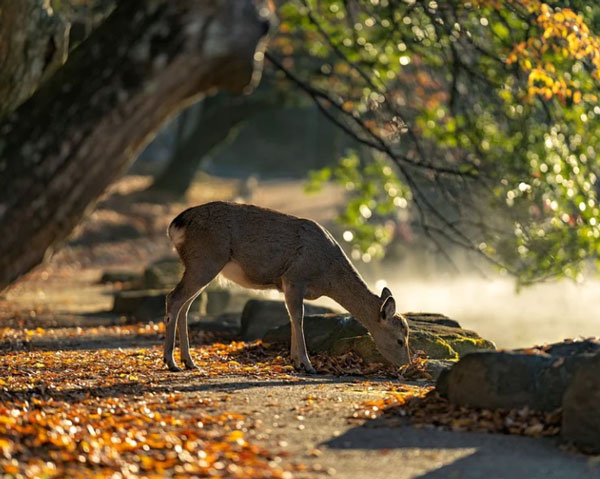As we close in on the end of one hunting season for many people that means that the preparations for next year are just beginning. People begin to reconsider what they might do to increase their likelihood of taking that big buck or just filling their freezer with meat. This can range from the basic like moving tree stands, to the more involved like planting trees and food plots to increase cover or feed sources. With these more involved practices, some planning and prior thought process can greatly increase the odds of success in the long range.
Many people look at food plots as quick and easy, but to ensure the success there is some planning that needs to be done. There is still time to get soil tests taken and sent in to give you an idea of what that soil contains at a very basic level. These tests will give you an idea of the amount of the primary nutrients needed for plant growth as well as soil pH and some other information. With these levels you can also get a recommendation for application rates to get your soils to the optimal levels to support the type of plant you are growing. This gives your seeding the best odds possible for success baring major interference from Mother Nature.
While most food plots are an annual or every few years’ investment of time, trees can provide food for wildlife for generations to come. Planting trees can serve many wildlife purposes, but the two primary ones are cover and food. The majority of the trees sold by nurseries in this area are fairly well adapted to this climate and the common soil types. With this being said some trees are fairly particular with the soil types they will grow in while others will grow in a very wide range of soil types.
The next question that is often asked is “How do I know what my soil type is?” While this information is available publicly online and in print, many times it is hard to locate and then once located it is hard to decipher the information reported. So that is where your local natural resources professional comes into play. Whether they work for the county, state, federal government, nonprofits a private employer they have a wealth of knowledge. Many can provide their information for free.
These professionals can provide information on what trees will be best to plant where on your property as well as what trees will perform the desired objective. The can also provide information on how many to plant, how to plant them and how close to plant them. This is the type of information that can greatly increase the likelihood that in the end the project meets landowners’ objectives and provides benefits for many years to come.
Our annual berry plant sale is going on now through April, 26th. | Order Online Today! • Our annual fish sale is going on now through April, 26th. Pickup day is May 7th. | Order Online Today! • We will be on Live At Noon on Monday, April 29, 2024 with NRCS.
